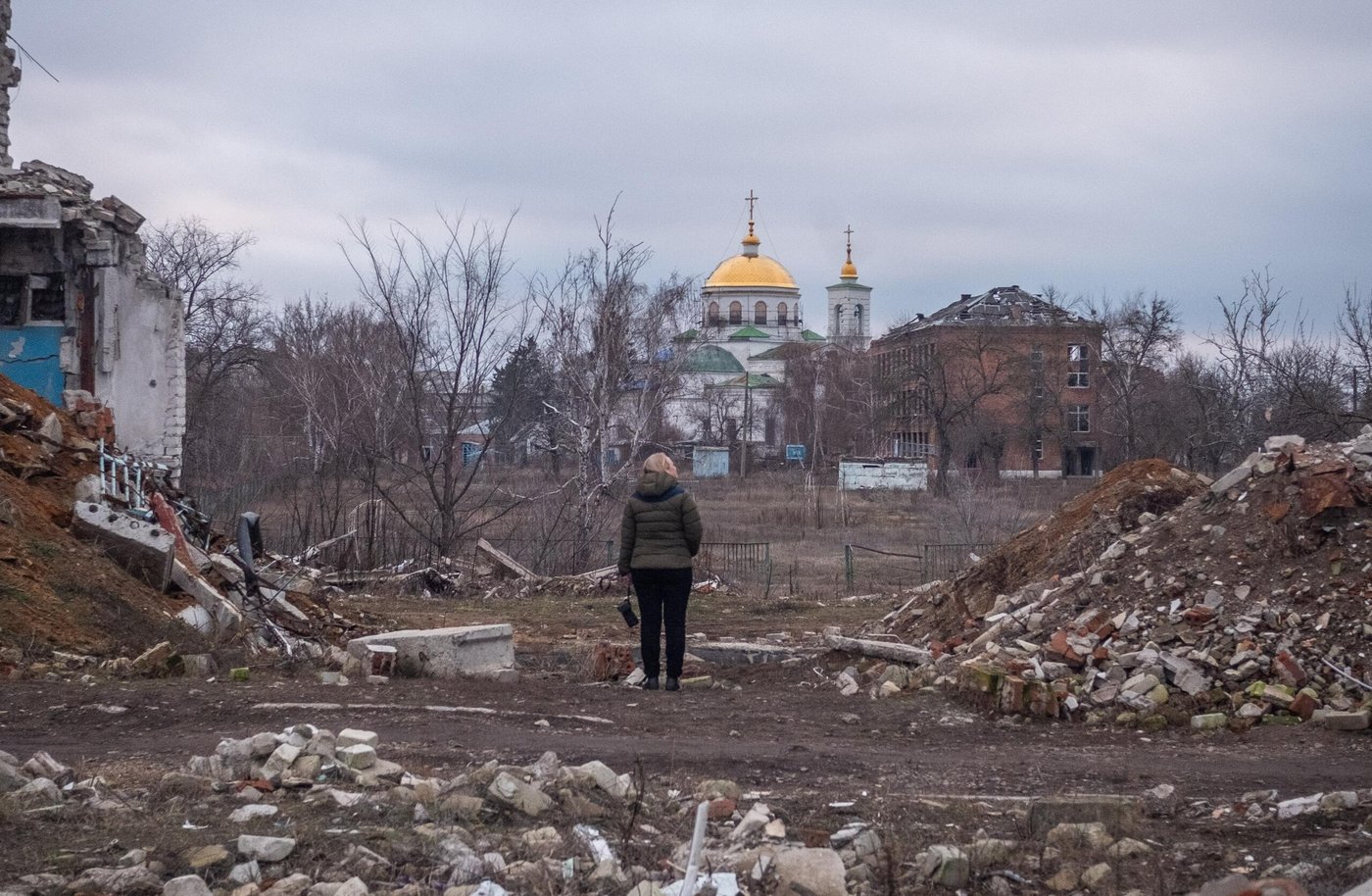“Ukraine’s long-term resilience and social cohesion depend on a recovery that is genuinely inclusive of those most affected by conflict and displacement,” the three NGOs outlined in a briefing note launched ahead of the conference.
“After three years of full-scale conflict, there is no clear, long-term plan for the re-integration of internally displaced people. A meaningful recovery is not just about rebuilding infrastructure, it is about helping people back on their feet, including the millions who have been displaced,” said Marit Glad, NRC Country Director for Ukraine.
“With over 3.75 million internally displaced people in Ukraine, their needs and rights must be included in the country’s reconstruction efforts. Efforts by the government of Ukraine need to be fully supported by international donors,” said Valeriia Vershynina, Executive Director for CF Stabilization Support Services.
Despite a growth in recovery plans and political commitments in recent years, critical gaps on internal displacement persist. Recovery governance remains fragmented, requiring more investments to support the sustainable re-integration of displaced communities. International support is critical to bolster these investments and ensure that sufficient expertise and capacity drive these efforts. This is particularly the case for local authorities, who often struggle to access recovery funding. Little over 10 per cent of all municipalities, known as Hromada, have submitted the local recovery plans that are needed to access more resources.
Ultimately, displaced communities are paying the price.
“I cannot say we are living. We are surviving. At first, when we had just arrived, there was some humanitarian assistance, and we were happy because otherwise we wouldn't have made it. I have always been good at saving, but now the cost is breaking us. Apart from medicine and food, we can’t afford anything else,” shared Svitlana and Serhii. They are living in a collective centre on the outskirts of Kharkiv, after being evacuated from Vovchansk, in Kharkiv oblast.
“The Ukraine Recovery Conference should help ensure the meaningful inclusion of displaced people and marginalised groups in Ukraine’s recovery. For example, women are leading humanitarian efforts across Ukraine and make up the majority of displaced people. True recovery will only be possible if those most affected by conflict are empowered to shape their own futures and rebuild their lives with dignity and security,” said Michael McGrath, CARE Country Director for Ukraine.
Note to editors:
-
The briefing note “Bridging the Gaps. Ensuring a Human-Centred Recovery for Internally Displaced People in Ukraine” is available here.
-
There are 3.75 million internally displaced people (IDPs) in Ukraine as of March 2025, representing about 10% of the country’s population. (IOM)
-
Only 13 per cent of Ukraine’s hromadas (local municipalities) have a local recovery plan in place. Out of more than 1,500 hromadas, just about 200 have submitted plans.
-
83% of IDPs have been displaced for over a year, with limited prospects for return due to ongoing insecurity, lack of housing, and destroyed infrastructure. Only 8% of IDPs are planning to leave their current settlement within the next three months, indicating a trend toward protracted displacement. (OCHA)
-
IDPs in collective sites face acute vulnerabilities. As of December 2024, an estimated 79,000 IDPs lived in collective sites, often lacking adequate infrastructure, accessibility, and support. Nearly half of these sites are not sufficiently accessible to people with disabilities, and 90% of residents have stayed longer than 1.5 years due to lack of alternatives. (CCCM Cluster)
For more information or to arrange an interview, please contact:
-
NRC global media hotline: media@nrc.no, +47 905 62 329


